Healthcare-Associated Infections (HAI) Prevention Program
Topic 5 : Donning and Doffing Personal Protective Equipment (PPE)
In early April 2020, the DPH Healthcare-Associated Infections (HAI) Prevention Program began performing telephone-based, COVID-19-focused infection control assessment and response visits (ICARs) with long-term care facilities (LTCF) around the state.
ICARs are educational discussions that cover a range of infection prevention and control topics that can impact the spread of COVID-19 within a facility. ICARs provide opportunities for questions and discussion, a review of policies and practices, and “just in time” education.
The HAI program and its partners in this effort, including the Superior Health Quality Alliance and local health departments, have conducted more than 190 ICARs to date.
This “Early ICAR Lessons Learned” series of messages will highlight common recommendations and clarifications our team of infection preventionists are making during these calls, as they promote best practices and alignment with CDC and DHS guidance.
Donning and Doffing PPE
Appropriate use of PPE is essential for the protection of staff, patients, and residents. Many questions and requests for outbreak technical assistance focus on the proper use of PPE, especially as facilities face shortages, use new brands or types of PPE, and practice optimization strategies.
- Ensure staff know the proper donning and doffing process for the type of PPE in stock. Frequent education and review of proper donning and doffing technique can help keep staff comfortable with the type of PPE needed for their role in the facility, especially as PPE stock changes over time. Whenever a new type of PPE is purchased (e.g., going from disposable gowns to cloth gowns, one brand of disposable gown to another), have staff review any adjustments needed for the donning or doffing process. More than one method for donning and doffing may be acceptable for the in-house ensemble, so staff should be provided guidance on the process to use. At minimum, all gloves and gowns should be removed inside the resident’s room and hand hygiene performed after leaving the room.
- Audit staff donning and doffing practices. The facility should regularly audit appropriate PPE use and staff should be encouraged to provide just-in-time feedback to each other. Ensure that your facility’s audit tool includes eyewear, mask, gown, gloves and appropriate hand hygiene. Facilities may also want to consider “PPE buddies” who can check each other for proper doffing technique, particularly in outbreak situations.
- Take care when removing used eye protection to avoid self-contamination of staff and the environment around them. When staff remove their face shield or eye goggles (note that personal eye glasses are not considered appropriate PPE), they should be placed in a designated location to avoid contaminating clean spaces or items. For example, if used eye protection is removed and placed on a clean PPE cart until staff can perform hand hygiene and disinfect the PPE, that cart and adjacent items can become contaminated. Consider designating a container for used PPE until staff can perform hand hygiene and disinfect the PPE. When disinfecting eye protection, staff should observe the labeled contact time to ensure proper disinfection occurs. They will also need to properly disinfect the designated used eye protection holding container afterward.
- Adjust donning and doffing procedures when optimizing PPE. Facilities implementing reuse or extended use of PPE will need to adjust their donning and doffing procedures to accommodate those practices. For example, extended use of eye protection requires additional cleaning and disinfecting steps per the CDC’s recommended strategies.
- Perform hand hygiene consistently during the doffing process. Discussions and observations of doffing technique have identified inconsistent use of hand hygiene. Depending on the type of PPE worn and whether PPE is being extended, opportunities for hand hygiene may occur at different steps. Per the doffing method outlined on the CDC PPE use web page, hand hygiene would occur before removing eye protection and after removing a facemask or respirator.
- Do not wear layers of the same type of PPE. While it may feel more protective to double glove or wear two gowns, this can create a false sense of security, unnecessarily increase the facility’s PPE burn rate, and increase opportunities for self-contamination. This practice was also noted in some facilities around the country that experienced multidrug-resistant organism (MDRO) outbreaks on COVID-19 units as infection prevention and control practices were adapted in response to the pandemic.
Note that the recommendations highlighted here do not replace the value of a facility having its own ICAR, or the need to stay current on CDC and DHS guidelines. ICARs are non-regulatory and complement infection control surveys, with a focus on education and infection prevention.
To request an ICAR for your facility, email the HAI Prevention Program or call 608-267-7711.



